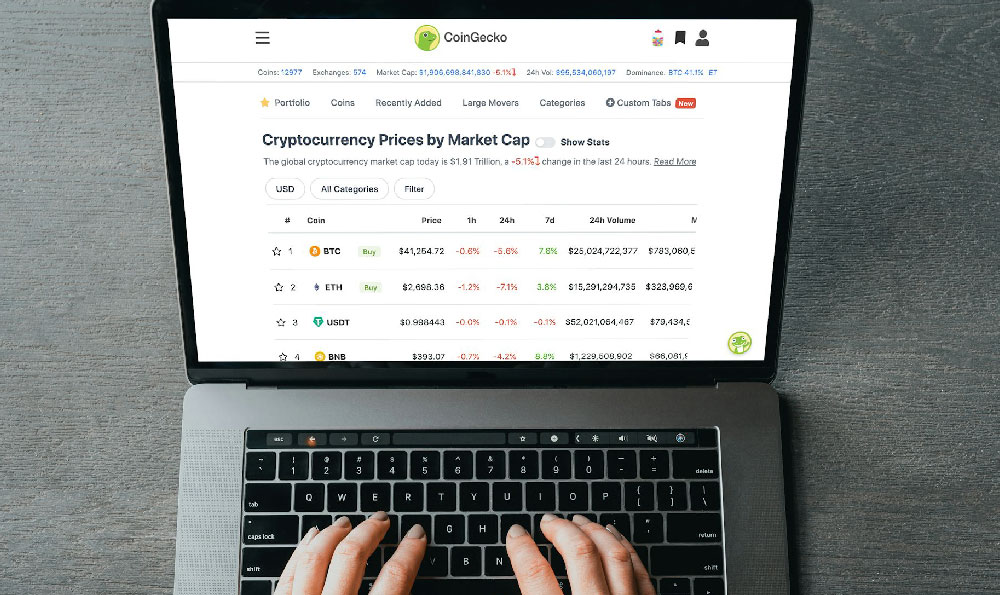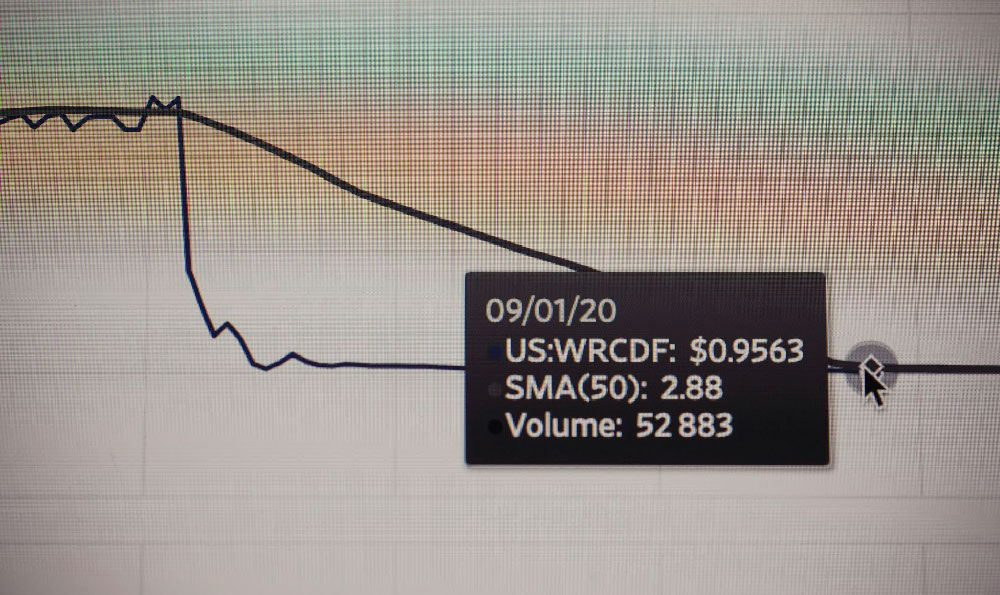Is Making Money from YouTube Videos Possible? How Can You Do It?

The allure of earning income from YouTube videos is undeniable. The platform boasts billions of users, and successful YouTubers enjoy lucrative careers, influencing trends and building empires. But is making money from YouTube videos genuinely possible for the average person? The answer, while not a simple "yes" or "no," leans heavily towards a cautious and qualified "yes." However, it requires understanding the landscape, committing to consistent effort, and navigating the nuances of monetization.
The possibility hinges on several factors. Firstly, audience engagement is paramount. YouTube's algorithm prioritizes videos that retain viewers and encourage interaction. A video with thousands of views but low watch time and minimal engagement (likes, comments, shares) will be less likely to be recommended and reach a wider audience than a video with fewer views but higher engagement. Creating compelling content that resonates with a specific target audience is therefore the initial and most crucial step. This means understanding your niche, identifying audience needs and interests, and delivering value through informative, entertaining, or inspiring videos.
Monetization on YouTube primarily comes through ad revenue, earned through Google AdSense. To be eligible for the YouTube Partner Program (YPP), which unlocks monetization features, creators must meet specific criteria. This includes accumulating at least 1,000 subscribers and 4,000 valid watch hours within the past 12 months. Reaching these thresholds can be a significant hurdle, especially for newcomers. Building a subscriber base organically requires consistent content creation, promotion across other social media platforms, and active engagement with your audience. Buying subscribers is generally discouraged, as YouTube actively identifies and removes fake or inactive accounts, potentially harming your channel's reputation and monetization prospects.

Once accepted into the YPP, creators can enable monetization on their videos, allowing Google to display ads before, during, or after their content. The amount of revenue generated depends on several factors, including the Cost Per Mille (CPM), which is the cost advertisers pay for 1,000 ad impressions, and the Revenue Per Mille (RPM), which is the actual revenue a creator receives for 1,000 monetized views. CPM and RPM fluctuate based on factors such as audience demographics, video content, ad formats, and seasonal trends. For example, videos targeting audiences in developed countries typically command higher CPM rates than those targeting audiences in developing countries. Similarly, videos discussing finance or business topics may attract higher CPMs than videos focusing on gaming or entertainment.
Beyond ad revenue, there are alternative avenues for monetization. Affiliate marketing involves promoting products or services in your videos and earning a commission on sales generated through unique affiliate links. This can be a lucrative option, particularly for channels focusing on product reviews, tutorials, or lifestyle content. Selecting relevant and high-quality products to promote is crucial for maintaining audience trust and maximizing conversion rates.
Another increasingly popular monetization strategy is channel memberships. This allows creators to offer exclusive perks and benefits to paying subscribers, such as early access to videos, behind-the-scenes content, custom emojis, and personalized shout-outs. Building a loyal and engaged community is essential for successful channel memberships. Creators need to offer genuinely valuable perks that incentivize viewers to become paying members.
Merchandise sales offer another significant revenue stream. Creating and selling branded merchandise, such as t-shirts, mugs, stickers, or accessories, can be a powerful way to connect with your audience and generate income. This requires investing in design, manufacturing, and fulfillment, but can be highly rewarding for established channels with a strong brand identity.
Sponsorships and brand deals involve partnering with companies to promote their products or services in your videos. This can be a highly lucrative option, but requires careful consideration. Creators should only partner with brands that align with their values and audience interests. Transparency and disclosure are crucial to maintain audience trust.
However, success on YouTube is not guaranteed, and it's important to be aware of the potential pitfalls. Competition is fierce, and building a sustainable channel requires consistent effort, creativity, and adaptability. Creators should be prepared to invest time and resources in video production, editing, promotion, and audience engagement. It's also essential to stay informed about YouTube's policies and guidelines to avoid violating terms of service and jeopardizing monetization. Copyright infringement is a serious issue that can lead to video removal and channel suspension.
Furthermore, relying solely on YouTube as a source of income can be risky. Algorithm changes can significantly impact video visibility and revenue. Diversifying income streams through other platforms and ventures is crucial for long-term financial stability. Building a personal brand outside of YouTube can also create opportunities for speaking engagements, consulting services, and other business ventures.
In conclusion, making money from YouTube videos is indeed possible, but it's not a get-rich-quick scheme. It requires dedication, perseverance, and a strategic approach. Focus on creating high-quality content that resonates with a specific audience, build a strong community, explore various monetization options, and diversify your income streams. By understanding the landscape, navigating the challenges, and staying adaptable, aspiring YouTubers can increase their chances of success and turn their passion into a sustainable source of income. Remember, the most successful YouTubers are not just content creators; they are entrepreneurs who treat their channels as businesses and invest in their long-term growth.















